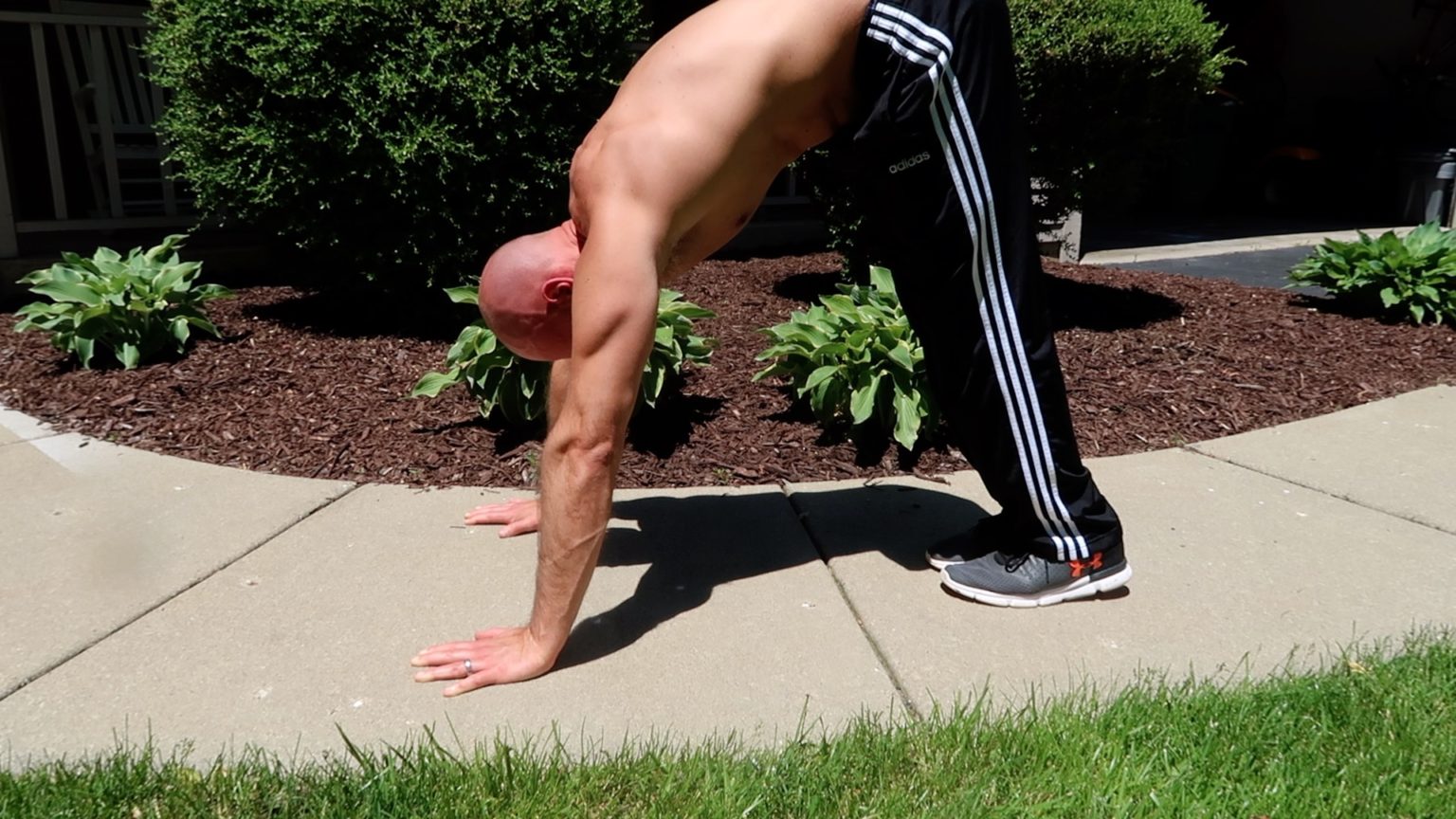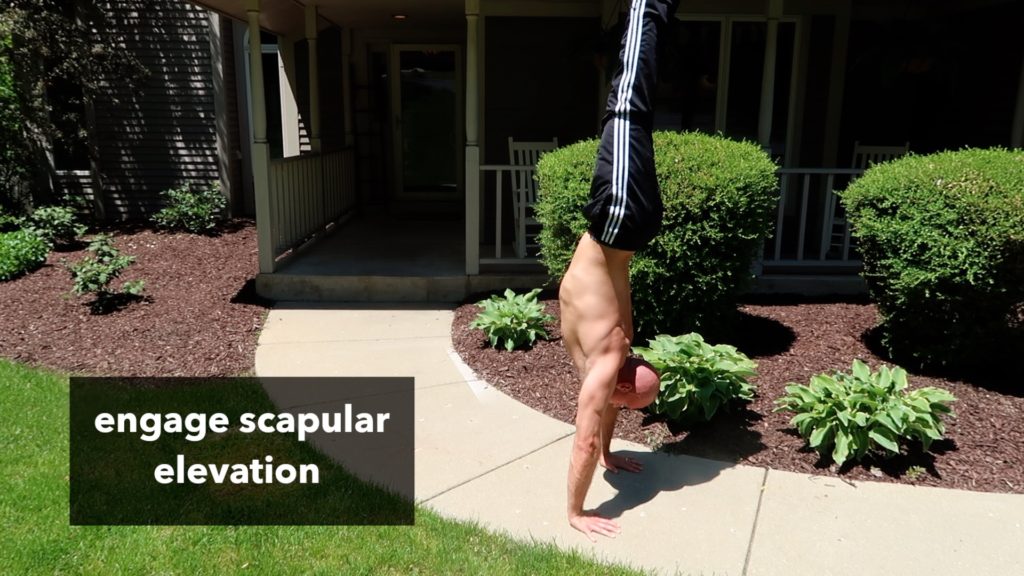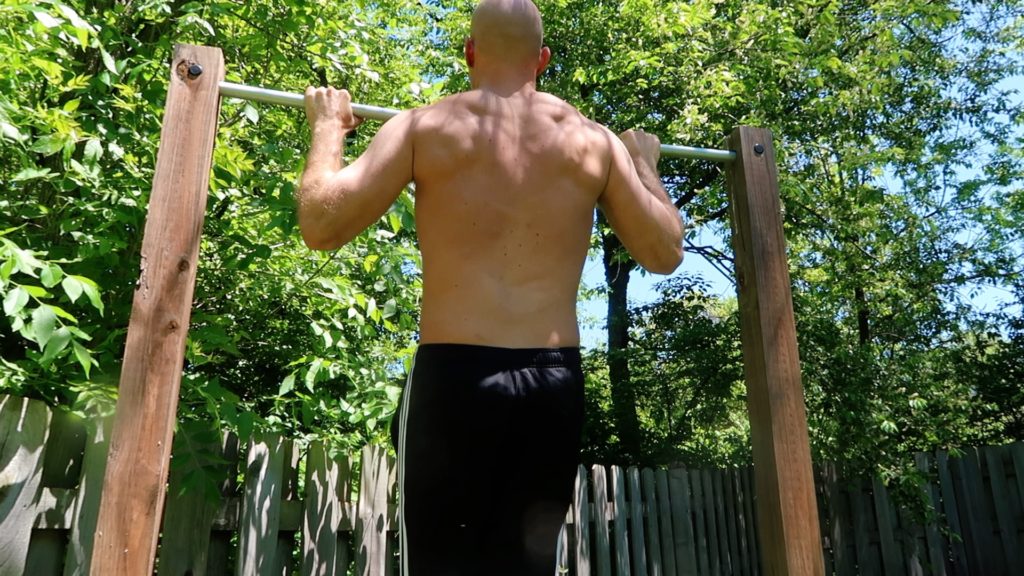
The Best Basic Calisthenics Exercises For ANY Routine
It’s easy to get confused when it comes to bodyweight fitness. There are just so many exercises to choose from! How can you know which ones are the best to include in your routine and which variations should you use?
Well, it’s time relax. Life is good. Things don’t need to be complicated 🙂
The best basic calisthenics exercises to include in any program will fall into these 4 main movement categories:
- Push
- Pull
- Lift
- Hinge
If you memorize the 4 categories above and some example exercises that fit those categories, you’ll have no trouble developing your physique with bodyweight exercise and even designing your own amazing routines.
Virtually every calisthenics exercise falls into one of those 4 categories and each category works a different part of the body. So if you include all 4 categories in your workout program, you’ll be hitting your entire body in a way that’s simple to wrap your head around.
Let me dive into the movements and share some examples.
Pushing Exercises
In the push movement we have 3 different subcategories, each working the body in a slightly different way.
Horizontal Pushing
The most common example of horizontal pushing is seen in the basic push up where the pecs, anterior deltoids and triceps are doing most of the work.
It’s called a “horizontal” push because your arms are perpendicular to your torso, like you’re reaching out horizontally in front of yourself, to push away from the ground.

Another popular example of horizontal pushing is the planche and all progressions to the planche.
The common thing shared amongst horizontal pushing exercises is the protracted scapular state, meaning the shoulder blades move away from each other as you extend the arms.
Upward Vertical Pushing
The next subcategory of pushing is upward vertical in direction. This means you’re pressing overhead to shift more focus to your deltoids, upper back and serratus anterior (muscle along the side of chest, beneath the armpit).

A popular basic calisthenics exercise for upward vertical pushing is the pike push up shown above. However, the freestanding handstand and all handstand-related exercises are upward vertical pushes as well.

Upward vertical pushing will use scapular elevation at the top of the movement, meaning your shoulders should be raised and nearly touching your ears when your arms are fully extended.
Downward Vertical Pushing
This third subcategory of pushing is also vertical but done downward (towards your feet) and requires scapular depression.
No, scapular depression doesn’t mean your shoulder blades are sad 😉 It just means your shoulders are lowering away from the ears.
Basically, when you depress your scapula you should see your entire shoulder girdle (upper traps, shoulders, scapula) all shift downwards away from your head.

The L-sit position, as shown above, is an isometric exercise that’s a shining example of downward vertical pushing, but the basic dip exercise is also a great example, and that includes dips on parallel bars or a straight bar.
Pulling Exercises
Now we’re moving on to the pulling exercise category, which is another basic calisthenics movement that encompasses three subcategories.
The subcategories will look quite familiar because they’re the same as pushing: horizontal, upward and downward.
Horizontal Pulling
Horizontal pulling is when your arms are perpendicular to your torso, reaching straight out in front of you, and pulling your chest up to the bar, fully engaging scapular retraction (squeezing shoulder blades together).

Bodyweight rows, also known as Australian pull ups, are when you get “down under” the bar and pull your chest to it, making it a basic calisthenics exercise that perfectly matches our horizontal pulling category.
However, taking horizontal pulling to the next level is easily achievable by simply working on all front lever progressions from the tucks to the straddle to the full front lever.
Downward Vertical Pulling
The most popular basic pulling exercise, by far, is the pull up.

Pull ups are a downward vertical pulling exercise because you’re pulling down on the bar to raise your body up against gravity.
When doing downward pulling, you are retracting and depressing your scapula, so the shoulder blades move together and down. This engages a lot of lats (muscles on the sides of your back) as well as rear delts, biceps and forearms, among many other muscles.
Upward Vertical Pulling
The upward pulling exercises are not very commonly seen in calisthenics, at least not for beginners. This is due to physics. In order to pull your body against gravity in an upward motion – meaning raising your shoulders toward your head – you must be inverted.

That’s why the most common way to work upward vertical pulling is in an inverted hang or by doing inverted pull ups. When you hang inverted, you are pulling the rings or bar upwards (while upside down), meaning you’re pulling toward your head, which is fully engaging the upper traps in a “shrugging” type of contraction.
Lift Exercises
When we say “lift” in exercise science, we’re referring to exercises that use the lower body to lift the entire body upwards, so this will involve two main exercises.
Squats
First on the list are squats and the many squat variations. This can include different foot placements, single-leg squat variations and plyometric (explosive) squats.

Squats involve moving the hips backwards, engaging the core and bending at the knees while lowering yourself until your thighs are at least parallel to the floor, then using the muscles of the thighs and glutes to lift yourself back up to standing. Ideal form is to have the tibia (lower leg from knee to ankle) about parallel to your back in the bottom squat position.
Lunges
The second exercise in the lift category is the lunge and the many different variations of them.

You can do reverse lunges (stepping one foot backwards into a lunge), forward lunges (stepping one foot forwards into a lunge), dynamic (multidirectional) lunges and even plyometric ones.
Basically, any exercise revolving around the hips that requires the leg muscles to lift your torso upwards is in the lift category and should always be included in your program.
Hinge Exercises
The last category is hinge exercises, which refer to when we hinge at the hips in either of two directions.
Hip Flexion
When you raise your thighs up towards your torso, like in a hanging knee raise, you are performing flexion at the hip complex.

This type of hinge exercise will work the entire anterior core with a major emphasis on the hip flexors, rectus abdominis and transverse abdominis. It can also hit the obliques if you do them with spinal rotation (a twisting motion).
Hip Extension
The opposite of hip flexion is extension, which is when you move your torso away from your thighs by engaing the lower back, glutes and hamstrings.
Good mornings are a common exercise that achieve this by standing with straight legs, bending over so your face is looking at the floor and then lifting your torso back up to a straight standing position.
However, you can do more advanced calisthenics exercises, like a headstand press, to really challenge the posterior in chain with hip extension.

Using These Basic Calisthenics Exercises In A Routine
Okay! Now you’ve learned about the 4 primary movements categories and their related subcategories, plus basic exercises for each:
-
Push
- horizontal: push ups
- upward: pike push ups
- downward: dips
-
Pull
- horizontal: bodyweight rows
- upward: inverted hang
- downward: pull ups
-
Lift
- squat
- lunge
-
Hinge
- flexion: hanging knee raises
- extension: good mornings
So, how do you put this all together?
Well, here’s what you do: ask yourself, “what is my goal?”
If your answer is something like, “I want a well-developed physique,” then you’ll want to include exercises from ALL the categories (subcategories included) in a program. Aim for at least 4 sets of each exercise per week for starters, but gradually increase the volume and frequency of your workouts.
Including exercises from all categories in your weekly routine will be the best way to use basic calisthenics exercises to hit all the major muscle groups and build a strong, lean physique all around.
However, if your answer about your goal was something different, you need to look at which category your goal fits into.
For example, if you said, “I want to achieve the full front lever by the end of this year,” then you’ll need to take a close look at the front lever.
Front lever involves being underneath a bar, pulling that bar toward your chest with your arms nearly perpendicular to your torso. Looking at all the movement categories we talked about, the front lever description perfectly fits the horizontal pulling category, right?
So this means you’ll want to train lots of horizontal pulling (front lever progressions, straight-leg rows, bent-leg rows, etc.) at least 2x or 3x per week.
Then on the other days, or perhaps at the end of your pulling sessions, you’ll want to include a small amount of push, lift and hinge exercises, just to make sure you don’t completely neglect those other movements during your front lever training.
Alright! I hope this information helps you out with your calisthenics journey.
And don’t forget to check out my YouTube channel if you want to learn more. I post the most information over there!
-Ryan
Share This Story, Choose Your Platform!